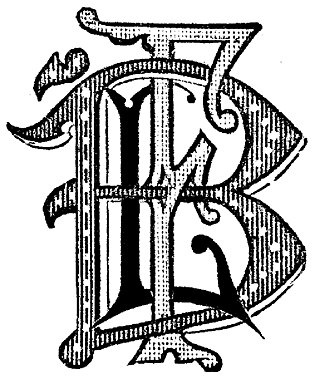
Annsville is a town in Oneida County, New York, United States. At the 2010 census the town population was 3,012. The town is named after Ann Bloomfield, wife of a founder.

John Luther "Casey" Jones was an American railroader who was killed when his passenger train collided with a stalled freight train in Vaughan, Mississippi.

The Brotherhood of Locomotive Firemen and Enginemen was a North American railroad fraternal benefit society and trade union in the 19th and 20th centuries. The organization began in 1873 as the Brotherhood of Locomotive Firemen, a mutual benefit society for workers employed as firemen for steam locomotives, before expanding its name in 1907 in acknowledgement that many of its members had been promoted to the job of railroad engineer. Gradually taking on the functions of a trade union over time, in 1969 the B of LF&E merged with three other railway labor organizations to form the United Transportation Union.
The Federal Express was an overnight named passenger train run by the Pennsylvania Railroad and the New York, New Haven and Hartford Railroad between Washington Union Station in Washington, D.C., and South Station in Boston, from 1912 to 1971. At different times, its route has taken it across the Hudson River via a car float between Port Morris and Jersey City, the Poughkeepsie Bridge, and finally the Pennsylvania Tunnel and Terminal Railroad. The final routing was identical to today's high-speed Northeast Corridor.

On September 15, 1958, a Central Railroad of New Jersey (CNJ) morning commuter train, #3314, ran through a restricting and a stop signal, derailed, and slid off the open Newark Bay lift bridge in Newark Bay, New Jersey, United States. Both diesel locomotives and the first two coaches plunged into Newark Bay and sank immediately, killing 48 people and injuring 48 more. A third coach, snagged by its rear truck (bogie), hung precariously off the bridge for two hours before it also toppled into the water. As the locomotive crew was killed, the cause of the crash was never proven, though the lack of a "dead man's switch" may have contributed to the derailment.
The Rennert railroad accident occurred in Rennert, North Carolina, on December 16, 1943. Seventy four people were killed when the northbound Tamiami Champion, an Atlantic Coast Line Railroad passenger train, struck the rear two cars of its southbound counterpart, which had derailed. It remains the deadliest train wreck ever in North Carolina.

The Burlington railroad strike of 1888 was a failed union strike which pitted the Brotherhood of Locomotive Engineers, the Brotherhood of Locomotive Firemen, and the Switchmen's Mutual Aid Association (SMAA) against the Chicago, Burlington and Quincy Railroad (CB&Q) its extensive trackage in the Midwestern United States. It was led by the skilled engineers and firemen, who demanded higher wages, seniority rights, and grievance procedures. It was fought bitterly by management, which rejected the very notion of collective bargaining. There was much less violence than the Great Railroad Strike of 1877, but after 10 months the very expensive company operation to permanently replace all the strikers was successful and the strike was a total defeat for them.
On August 23, 1903, at 7:33 a.m. a westbound newspaper train of the New York Central and Hudson River Railroad, originating in New York City, derailed in Little Falls, New York due to excessive speed on a curve, killing two crew members – the engineer and fireman. The train consisted of engine number 2941, baggage cars 2570 and 2535, and horse car 2312.
Steele v. Louisville & Nashville Railway Co., 323 U.S. 192 (1944), is a United States Supreme Court case, concerning U.S. labor law, specifically, the responsibility of every formally recognized labor organization to equally represent all the members of their class or craft, under the Fair Labor Standards Act (FLSA). In particular, the Court ruled that the Act covered employees regardless of whether any particular individual(s) are, or are not, members of the duly recognized labor organization labor unions.

Joshua A. Leach was an American locomotive worker and trade union functionary. He is best remembered as the founder of the Brotherhood of Locomotive Firemen in 1873 and head of that organization from 1873 to 1876.






